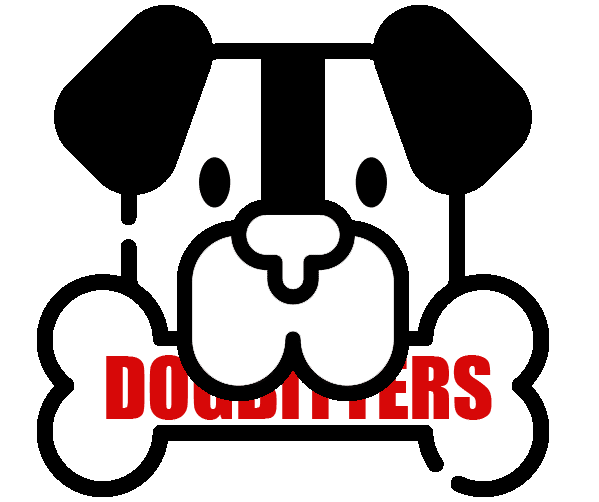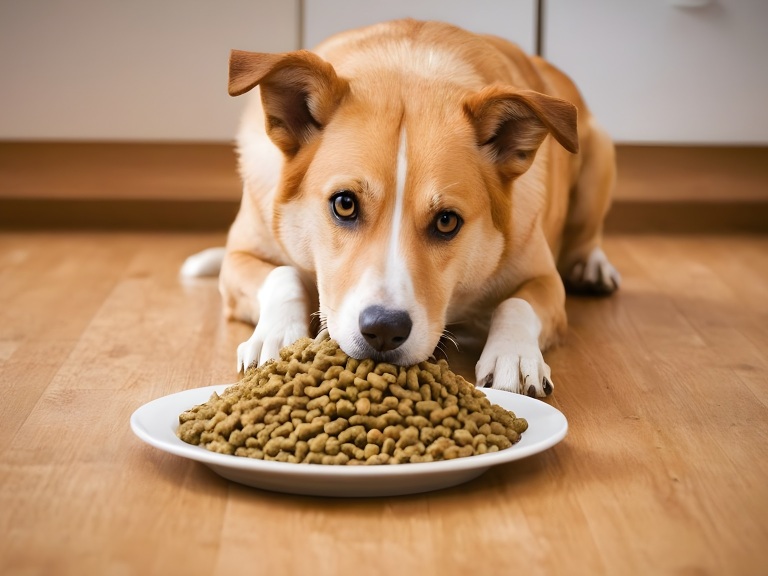The Ideal Portion of Dog Food is a crucial aspect of the care and health of our pet dog. Establishing an adequate portion of food is essential to ensure that the four-legged friend receives the necessary nutrition to maintain its health and vitality.
In a world full of dog food options and conflicting information, determining the correct amount of food can seem overwhelming to many pet owners.
In this article, we aim to explore the key factors to consider when determining the ideal portion of food for our dog, providing a clear and informative perspective to help improve the health and well-being of our pet.
CONTENT:
- Consultation with a veterinarian
- The ideal portion of dog food by calculating the caloric needs
- Attention to food quality
- Observe your dog’s weight and appearance
- Be consistent
Consultation with a veterinarian
The first essential step in determining an ideal portion of food for your dog is to consult a veterinarian. Your veterinarian is best equipped to provide personalized advice and recommendations based on your dog’s individual characteristics. These characteristics include age, weight, activity level and any health problems.
An experienced veterinarian will be able to assess your dog’s specific nutritional needs and provide guidance on the right type of food. It will also help you establish a healthy eating routine that fits your dog’s lifestyle and provides all the essential nutrients to maintain health and vitality.

The ideal portion of dog food by calculating the caloric needs
Your dog’s weight and activity level are key factors in determining his daily caloric needs. It is important to take these aspects into account when determining the ideal portion of food.
To calculate your dog’s caloric needs, you can use different methods, including:
1. Online Calculators
There are many online calculators that specialize in estimating the caloric needs of dogs. They will ask you for information such as your dog’s age, weight, breed and activity level, and then give you an estimate of how many calories he would need on a daily basis.
2. Calculation Formulas
There are also standardized mathematical formulas to calculate your dog’s caloric needs. A common formula is: (Basal Metabolic Rate) x (Activity Factor). Basal metabolic rate (BMR) is the number of calories your dog would burn at rest, and the activity factor takes into account his activity level.
3. Personal Observations
Observing your dog’s behavior and energy level can also provide important clues in determining caloric needs. If you notice that your dog is always energetic and active, he may need a larger portion of food to maintain his activity level.
Specific examples would include:
- For a Yorkshire Terrier, who requires between 200 and 300 calories per day, an ideal serving would be about 1/4 – 1/2 cup of quality dry food or the equivalent in wet food, spread over 2 or 3 meals per day.
- For a Labrador Retriever, who requires between 800 and 1,200 calories per day, an ideal serving size might be around 1 – 2 cups of quality dry food or the equivalent in wet food, spread over 2 or 3 meals per day.
- For a Golden Retriever, who requires between 2,000 and 3,000 calories per day, an ideal serving would be between 3 – 4 cups of quality dry food or the equivalent in wet food, spread over 2 or 3 meals per day.
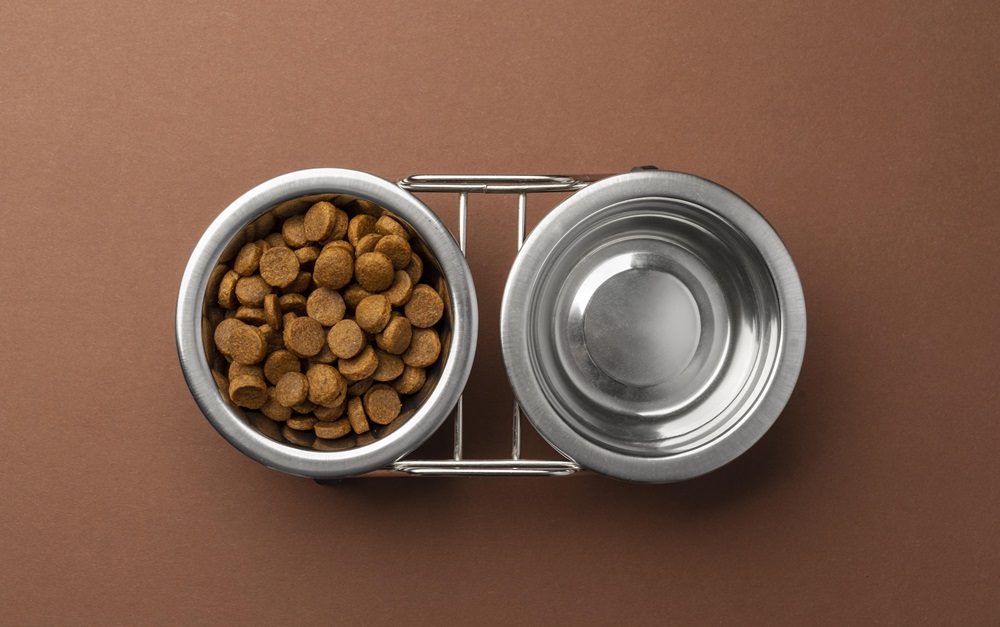
Attention to food quality
The quality of food you feed your dog is just as crucial as the quantity. It is important to choose a balanced and nutritious food that provides all the essential nutrients needed for your pet’s health and well-being. By choosing a quality food, you ensure that your dog receives a properly formulated diet that will support its specific nutritional needs.
When choosing food for your dog, consider the following aspects:
Quality Ingredients
Check the ingredient list and make sure the food contains high-quality protein sources, complex carbohydrates, healthy fats and fiber. Avoid foods that contain unnecessary fillers, such as inferior grains or meat products.
Specially Formulated for Dogs
Choose food that is specially formulated for the nutritional needs of dogs. There are different food formulas adapted for dogs of different ages, sizes, activity levels and specific needs, such as food for senior dogs or for dogs with food sensitivities.
Avoid Artificial Additives and Preservatives
Try to avoid food that contains artificial additives and preservatives, which can be harmful to your dog’s health in the long run. Choose natural food that uses natural preservatives or safe preservation techniques.
Choosing a quality food will contribute to your dog’s overall health and well-being and give it all the nutrients it needs to live a long and happy life.
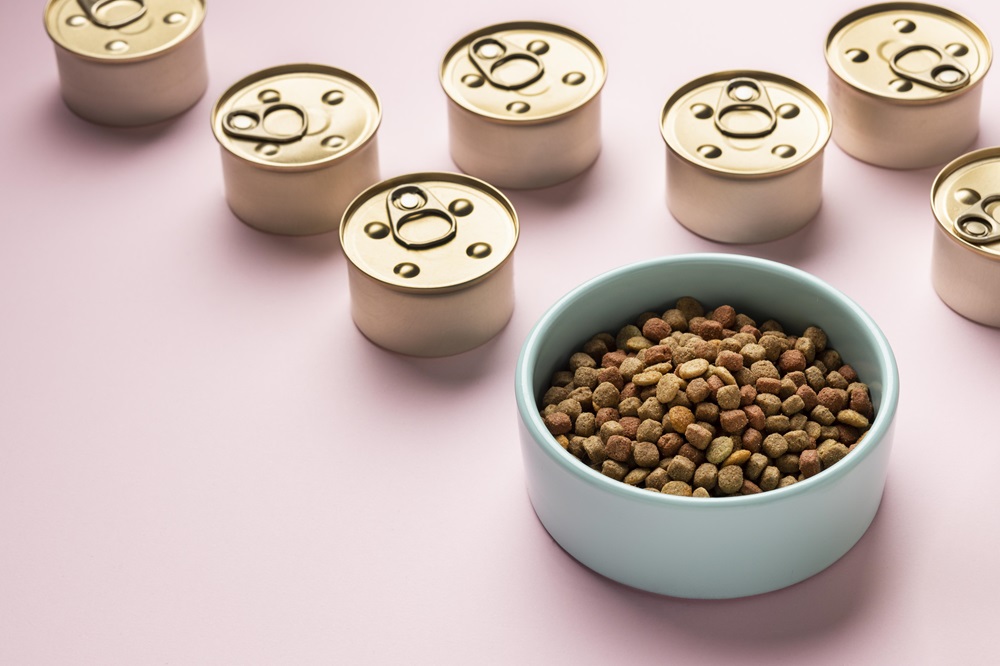
Observe your dog’s weight and appearance
Keeping an eye on your dog’s weight and appearance is essential to maintaining his long-term health and well-being. It is important to carefully monitor how many pounds your dog gains or loses and adjust food portions accordingly. A dog that gains weight unexpectedly may need a reduction in food portions or a change in its exercise routine, while a dog that is losing weight may require an increase in the amount of food or a further evaluation by the veterinarian.
A stable body weight is an indicator of health and a balanced diet. Your dog should have a noticeable waistline and adequate body fat without being overweight or underweight. Regular observation and assessment of your dog’s weight and appearance can give you important clues about his health and well-being.
Additionally, it’s important to pay attention to other signs of your dog’s health, such as energy levels, skin and coat condition, as well as appetite and digestive status. Any significant change in these aspects should be brought to the attention of the veterinarian for appropriate evaluation and intervention.
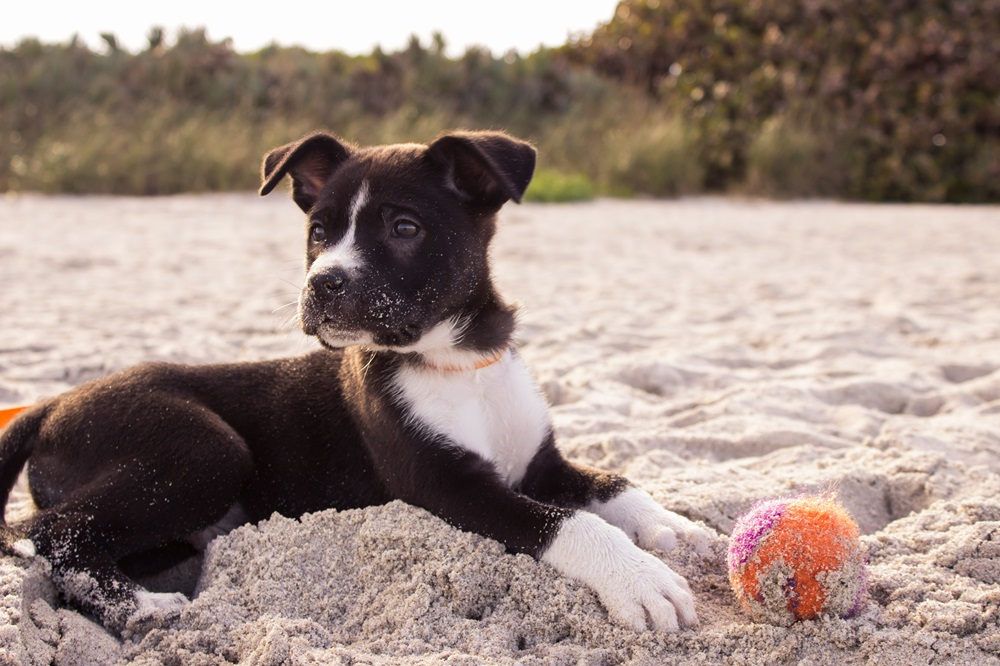
Be consistent
Maintaining a regular and consistent feeding routine is important to your dog’s health and well-being. Ensure consistent meal times and appropriate portion sizes tailored to his needs.
